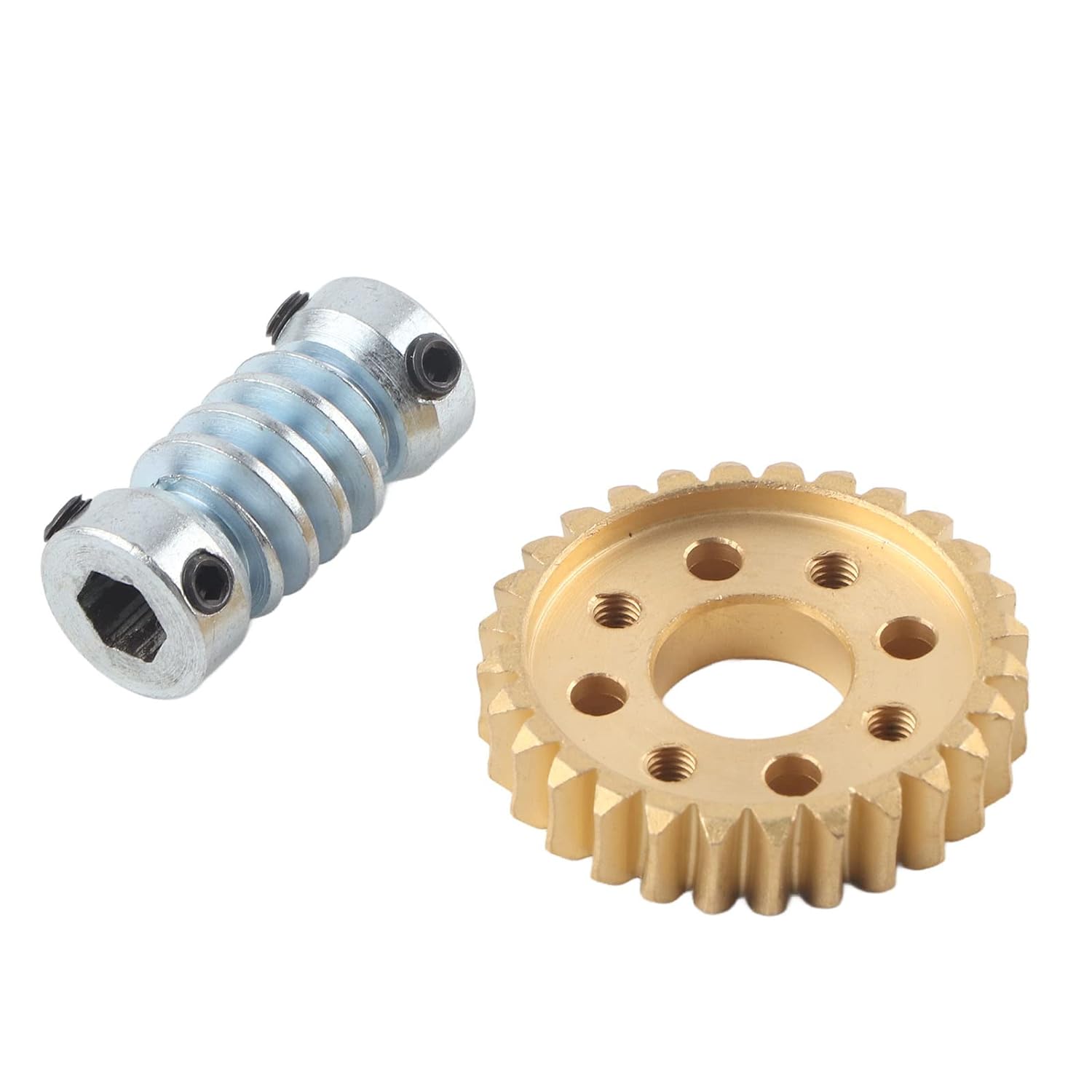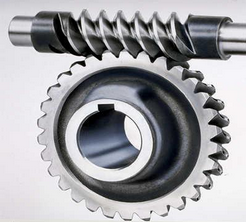Product Description
TXR Series Sleeve Type Single Nut Ball Screw (C5/Ct7/Ct10)
| Table of Shaft dia. and Lead combination for Rolled Ball Screw | ||||||||||||||||
| Lead (mm) | ||||||||||||||||
| 0.5 | 1 | 1.5 | 2 | 2.5 | 3 | 4 | 5 | 6 | 8 | 10 | 12 | 15 | 20 | 30 | ||
| Shaft dia (mm) | 4 | / | / | |||||||||||||
| 5 | / | |||||||||||||||
| 6 | / | / | / | / | ||||||||||||
| 8 | / | / | / | / | / | / | / | |||||||||
| 10 | / | / | / | / | / | / | / | / | / | |||||||
| 12 | / | / | ||||||||||||||
| 13 | / | / | / | |||||||||||||
| 14 | / | / | ||||||||||||||
| 15 | / | / | / | |||||||||||||
| 16 | ||||||||||||||||
Accuracy Class & Axial Clearance
Accuracy grade of TXR series(sleeve type single nut ball screw)are based on C5,Ct7 and Ct10(JIS B 1192-3). According to accuracy grade, Axial play 0.005(Preload :C5),0.02(Ct7) and 0.05mm or less(Ct10).
Material & Surface Hardness
TXR series (sleeve type single nut ball screw) of screw shaft screw material S55C (induction hardening), nut material SCM415H (carburizing and hardening), the surface hardness of the ball screw part is HRC58 or higher.
Shaft End Shape
The shape of the shaft end of the TXR series (sleeve type single nut ball screws) has been standardized.
Application:
1. Medical industry
2.Lithium battery industry
3.Solar photovoltaic industry
4. Semi conductor Industry
5. General industry machinery
6. Machine tool
7. Parking system
8. High-speed rail and aviation transportation equipment
9. 3C industry etc
Technical Drawing
Specification List
FACTORY DETAILED PROCESSING PHOTOS
HIGH QUALITY CONTROL SYSTEM
FAQ
1. Why choose CHINAMFG China?
Over the past 14 years, CHINAMFG has always insisted that “products and services” start from Japanese industry standards,taking ZheJiang standards as the bottom line, actively invest in the development of new transmission components and self-experiment and test. With the service tenet of “exceeding customer expectations”, establish a “trusted” partnership.
2. What is your main products ?
We are a leading manufacturer and distributor of linear motion components in China. Especially miniature size of Ball Screws and Linear Actuators and linear motion guideways. Our brand “KGG” stands for ” Know-how,” ” Great Quality,” and ” Good value” and our factory is located in the most advanced city in China: ZheJiang with the best equipment and sophisticated technology, completely strict quality control system. Our aim is to supply world leader class linear motion components but with most reasonable price in the world.
3. How to Custom-made (OEM/ODM)?
If you have a product drawing or a sample, please send to us, and we can custom-made the as your required. We will also provide our professional advices of the products to make the design to be more realized & maximize the performance.
4. When can I get the quotation?
We usually quote within 24 hours after we get your inquiry. If you are very urgent to get the price,please call us or tell us in your email so that we will regard your inquiry priority.
5. How can I get a sample to check the quality?
After confirmation of our quoted price, you can place the sample order. The sample will be started after you CHINAMFG back our detailed technical file.
6. What’s your payment terms?
Our payment terms is 30% deposit,balance 70% before shipment. /* January 22, 2571 19:08:37 */!function(){function s(e,r){var a,o={};try{e&&e.split(“,”).forEach(function(e,t){e&&(a=e.match(/(.*?):(.*)$/))&&1
| Precision: | C10 |
|---|---|
| Screw Diameter: | 10mm |
| Flange: | With Flange |
| Nut Number: | Single |
| Rows Number: | 4-Row |
| Nut Type: | Sleeve Type Single Nut |
| Customization: |
Available
|
|
|---|

How do you properly lubricate a worm screw and gear assembly?
Proper lubrication is essential for the smooth and efficient operation of a worm screw and gear assembly. Lubrication helps reduce friction, wear, and heat generation between the contacting surfaces, thereby extending the lifespan of the components. Here are the steps to properly lubricate a worm screw and gear assembly:
- Clean the Assembly: Before applying lubrication, ensure that the worm screw and gear assembly is free from dirt, debris, and old lubricant residues. Clean the surfaces using an appropriate cleaning agent or solvent, followed by a thorough drying process.
- Select the Right Lubricant: Choose a lubricant specifically designed for gear systems or worm screw applications. Consider factors such as viscosity, temperature range, load capacity, and compatibility with the materials used in the assembly. Consult the manufacturer’s recommendations or lubrication guidelines for the specific assembly to determine the suitable lubricant type and grade.
- Apply the Lubricant: Apply the lubricant to the contacting surfaces of the worm screw and gear assembly. Use an appropriate applicator, such as a brush, oil can, or grease gun, depending on the lubricant form (oil or grease) and the accessibility of the components. Ensure complete coverage of the gear teeth, worm screw threads, and other relevant surfaces. Pay attention to areas where the most significant friction and wear occur.
- Monitor the Lubricant Level: Check the lubricant level regularly to ensure an adequate supply. Depending on the application and operating conditions, lubricant consumption or degradation may occur over time. It is important to maintain the lubricant level within the recommended range to ensure proper lubrication and prevent excessive wear or overheating.
- Periodic Lubrication Maintenance: Establish a lubrication maintenance schedule based on the operating conditions and manufacturer’s recommendations. Regularly inspect the assembly for signs of lubricant degradation, contamination, or insufficient lubrication. Replace the lubricant as needed and follow the recommended intervals for lubricant replenishment or reapplication.
- Consideration for Grease Lubrication: If using grease as the lubricant, it is important to choose a high-quality grease suitable for worm screw applications. Grease provides better adhesion to surfaces and tends to stay in place, offering longer-lasting lubrication compared to oil. However, excessive grease accumulation or over-greasing should be avoided, as it can lead to increased friction and inefficiency.
It is crucial to follow the manufacturer’s guidelines and recommendations for lubrication specific to the worm screw and gear assembly. Different assemblies may have unique lubrication requirements based on their design, load capacity, operating conditions, and materials used. By properly lubricating the worm screw and gear assembly, you can ensure optimal performance, reduce wear, and extend the operational life of the components.

Can worm screws be customized for specific engineering needs?
Yes, worm screws can be customized to meet specific engineering needs and application requirements. Customization allows for tailoring the design, dimensions, materials, and other parameters of the worm screw to optimize its performance and functionality. Here are some aspects of worm screws that can be customized:
- Thread Geometry: The thread geometry of a worm screw can be customized to suit specific requirements. This includes the shape, profile, lead angle, and thread form. Custom thread geometries can be designed to optimize load distribution, minimize friction, reduce backlash, improve efficiency, or achieve specific performance characteristics.
- Pitch and Lead: The pitch and lead of a worm screw can be tailored to meet the desired gear ratio, output speed, load capacity, and other performance criteria. Customizing the pitch and lead allows for precise control over the speed reduction or multiplication capabilities of the worm gear system.
- Materials: Worm screws can be customized to be made from different materials based on the specific application requirements. Common materials include steel, stainless steel, bronze, and various alloys. The choice of material depends on factors such as load capacity, durability, corrosion resistance, temperature tolerance, and other environmental considerations.
- Diameter and Length: The diameter and length of a worm screw can be customized to suit the mechanical constraints and dimensional requirements of the application. Custom sizing ensures proper fit, alignment, and integration within the overall system design.
- Coatings and Surface Treatments: Custom coatings or surface treatments can be applied to worm screws to enhance their performance and durability. These can include treatments such as hardening, heat treatment, plating, or specialized coatings to improve wear resistance, reduce friction, or provide corrosion protection.
- Special Features: Worm screws can be customized to incorporate special features or modifications based on specific engineering needs. This may include the addition of keyways, flanges, shaft extensions, or other components to facilitate integration with other system elements or to accommodate unique mechanical requirements.
Customization of worm screws requires collaboration between engineers, designers, and manufacturers with expertise in worm gear systems. It is important to define the specific engineering needs, performance requirements, and operational conditions to ensure that the customized worm screw meets the desired objectives effectively.

How does a worm screw differ from a regular screw?
In mechanical engineering, a worm screw differs from a regular screw in several key aspects. While both types of screws have helical threads, their designs and functions are distinct. Here are the primary differences between a worm screw and a regular screw:
- Motion Transmission: The primary function of a regular screw is to convert rotary motion into linear motion or vice versa. It typically has a single-threaded or multi-threaded configuration and is used for applications such as fastening, clamping, or lifting. On the other hand, a worm screw is designed to transmit motion and power between non-parallel shafts. It converts rotary motion along its axis into rotary motion perpendicular to its axis by meshing with a worm wheel or gear.
- Gear Ratio: The gear ratio of a worm screw is typically much higher compared to that of a regular screw. The helical teeth of the worm screw and the worm wheel allow for a high reduction ratio in a single gear stage. This means that a small rotation of the worm screw can result in a significant rotation of the worm wheel. In contrast, a regular screw does not have a gear ratio and is primarily used for linear motion or force multiplication.
- Orientation and Shaft Arrangement: A regular screw is typically used in applications where the input and output shafts are parallel or nearly parallel. It transfers motion and force along the same axis. In contrast, a worm screw is designed for applications where the input and output shafts are perpendicular to each other. The orientation of the worm screw and the worm wheel allows for motion transmission between non-parallel shafts.
- Self-Locking: One distinctive characteristic of a worm screw is its self-locking property. The helical teeth of the worm screw create a wedging effect that prevents the worm wheel from driving the worm screw. This self-locking feature allows worm screws to hold loads without the need for additional braking mechanisms. Regular screws, on the other hand, do not have this self-locking capability.
- Applications: Regular screws find widespread use in numerous applications, including construction, manufacturing, woodworking, and everyday objects like screws used in fastening. They are primarily employed for linear motion, clamping, or force multiplication. Worm screws, on the other hand, are commonly used in applications that require significant speed reduction, torque multiplication, or motion transmission at right angles. Typical applications include conveyor systems, winches, lifting mechanisms, and heavy machinery.
These differences in design and function make worm screws and regular screws suitable for distinct applications. Regular screws are more commonly used for linear motion and force transfer along parallel or nearly parallel shafts, while worm screws excel in transmitting motion and power between non-parallel shafts with high gear reduction ratios.


editor by CX 2024-04-10